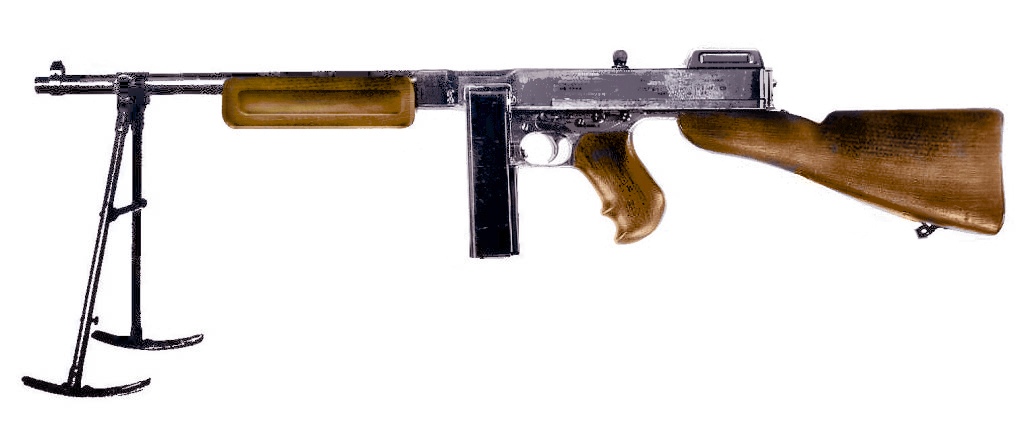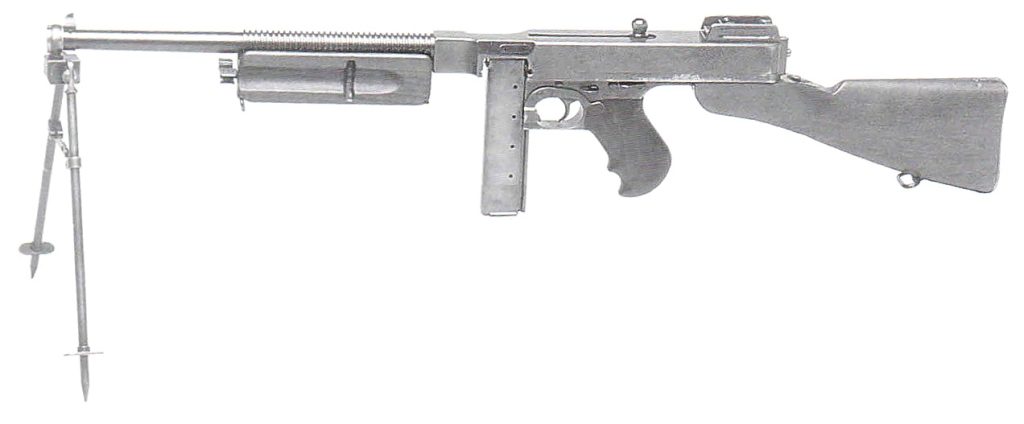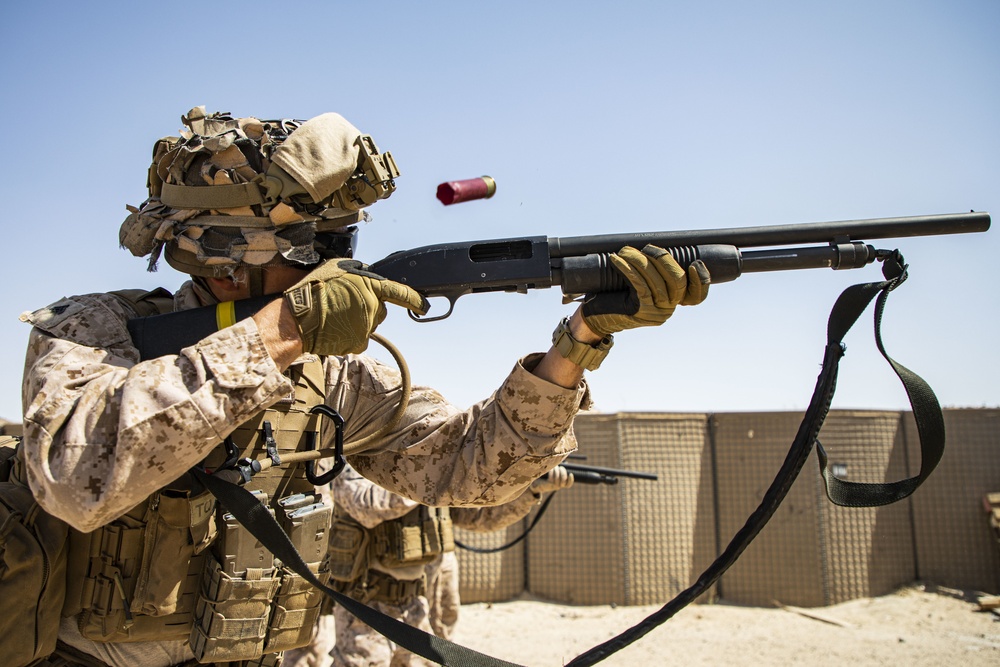One of America’s most famous firearms is the Thompson SMG. The weapon was used by gangsters and cops as well as soldiers and Marines. It starred in numerous films, and men like Machine Gun Kelly obtained their names from their use of the weapon. Its distinct profile and design put it up there with the AK and AR in terms of fame. Most people may not recognize the differences between the M1921, the M1928, and later military variants. However, I’m willing to bet most gun guys and gals have no recollection of the M1923 Thompson Heavy Submachine Gun.
The M1923 Thompson – The Heavy SMG
The term heavy submachine gun isn’t one we hear. Sure, a heavy machine gun typically refers to a gun that has to be fired from a tripod or vehicle and weighs in excess of 100 pounds. The ten-pound Thompson SMG already seems pretty heavy. The heavy portion more or less refers to the gun’s purpose and caliber rather than the weapon’s weight. Although, it was likely pretty freaking heavy.

Advertisement — Continue Reading Below
Thompson made a bunch of weird variants in a few odd calibers. The M1923 Thompson stands out due to its intended purpose. Thompson wanted to compete with the M1918 BAR and offered the US Army a squad support support weapon using the Thompson SMG design. It bears mentioning that the M1923 was not an official name by any means.
It’s one assigned by collectors and enthusiasts mainly because the M1923 was never a normal catalog item, and it was created in 1923. Models have been stamped with 21LB markings. 21 refers to the original M1921 and LB for long barrel. As one would imagine, the .45 ACP round couldn’t compete with the power, range, and punch of the .30-06.

Advertisement — Continue Reading Below
Instead, Thompson used a short-lived cartridge known as the .45 Remington-Thompson. This cartridge fired a 250-grain .45 caliber projectile at 1,450 feet per second. The standard .45 ACP moved at 835 feet per second. For comparison, the .45 Remington-Thompson moved with the same weight and speed as a .44 Magnum.
The Heavy SMG
The .45 Remington-Thompson was pretty impressive for an SMG. Imagine firing a full auto .44 Magnum. It would likely do well against thin vehicles and barriers. It certainly had more range than the .45 ACP. Still, even the power of a .44 Magnum isn’t quite up there with the .30-06 cartridge.
The M1923 Thompson was much smaller and lighter than the M1918. At 12.6 pounds, it was heavier than a standard Thomspon but lighter than the 19-pound M1918A1. The M1923 had a 14.5-inch barrel, and there was even an option for a bipod attachment. Models with vertical and horizontal foregrips existed. In fact, it was the first Thompson to have a horizontal foregrip.
Advertisement — Continue Reading Below

Thompson marketed it as a squad support weapon, but no one bought into it. If you needed a BAR, then a hyped-up SMG wasn’t going to do the same work as a BAR. What the M1923 Thompson appeared to attempt was to bridge the gap between BAR and Thompson SMG. This is something that the assault rifle would finally do decades later.
The M1923 Thompson wasn’t an assault rifle but can be best viewed as a short detour toward their development, similar to the M1 Carbine. It wasn’t quite there, but the idea was already floating in the ether. Only five of these were ever made, and one actually found its way to a Rock Island Armory auction, where I learned about it.
Advertisement — Continue Reading Below
The M1923 Thompson SMG wasn’t a success, but could you imagine holding onto a full-auto .44 Magnum? It would have been an interesting weapon, even if it wasn’t quite useful.















